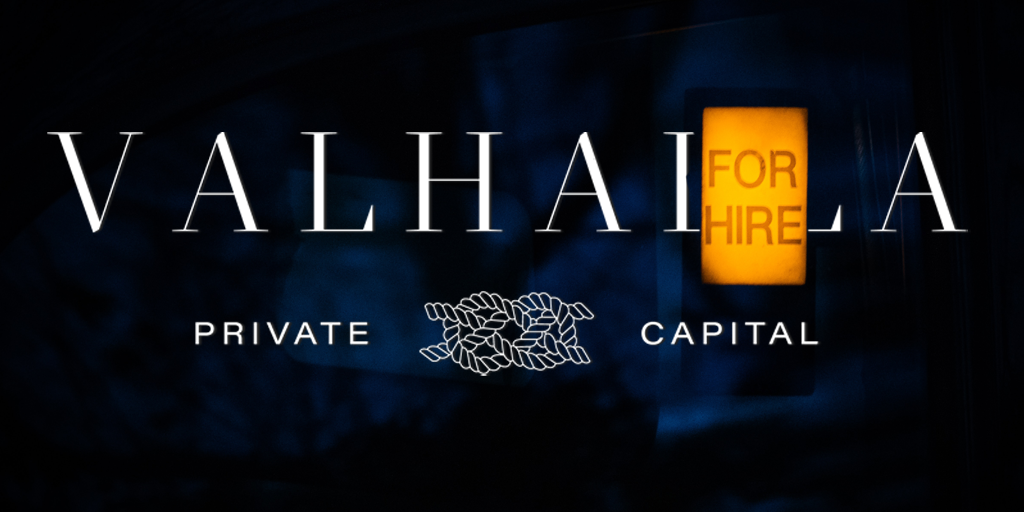
Emmet McGonagle
Not infrequently, the most meaningful and opportunities arise unexpectedly, at a cocktail reception or in the mythical 30-second elevator ride. And you know how really difficult it is to deliver an effective 30-second pitch, right? It takes much, much more work to hone a truly effective 30-second pitch than it does for a 10-minute pitch - although make no mistake, both require work.
In any case, Valhalla guarantees you will have better results if you consider the elements of what makes an effective 10-minute pitch in advance, eventually reducing that to a five-minute, two-minute or 30-second pitch. Deciding what to leave out is hard and the stakes are high - you need to be short and concise but retain sufficient nuggets to entice your listener.
Ultimately, the objective of any pitch is to advance the conversation to the next level. The progression might be something like a 30-second pitch, to a two-minute pitch, to a scheduled 10-minute pitch, to a deal negotiation.
Pitching is a seduction of sorts, where the objective always is just to get to the next stage. Honing your various pitches is like A/B testing, which means you have to go through lots of samples and trials, and that means a lot of pitching. Startups who have raised money on average will make about 40 investment pitches before they are successful. There are a number of reasons for that, but honing the pitch is an important one.
The process begins with delivering an elevator pitch and providing an executive summary to explain what your company is about. Ideally, this is a distillation in one or two sentences of the key aspects of your business. Guy Kawasaki’s
The Art of the Start can show you how you can really make it hum, as can his aptly named 2019 sequel,
The Art of the Start 2.0.
Investors will consider the information (and how you deliver it) to determine if they will continue the process with you. Using their investment criteria, and based on the matching process, they will either decline the opportunity or invite you to make a presentation.
You only have thirty seconds, so make your elevator pitch short, sweet and memorable for all the right reasons. This can be achieved by sticking to the who, what and why of your business, steering clear of jargon for good measure. For example: “Mint.com is the free, easy way to manage your money online.”
Quick, easy and over before the elevator dings.
Do you have a question about angel investing? Get in touch with Valhalla Private Capital via our contact page.



